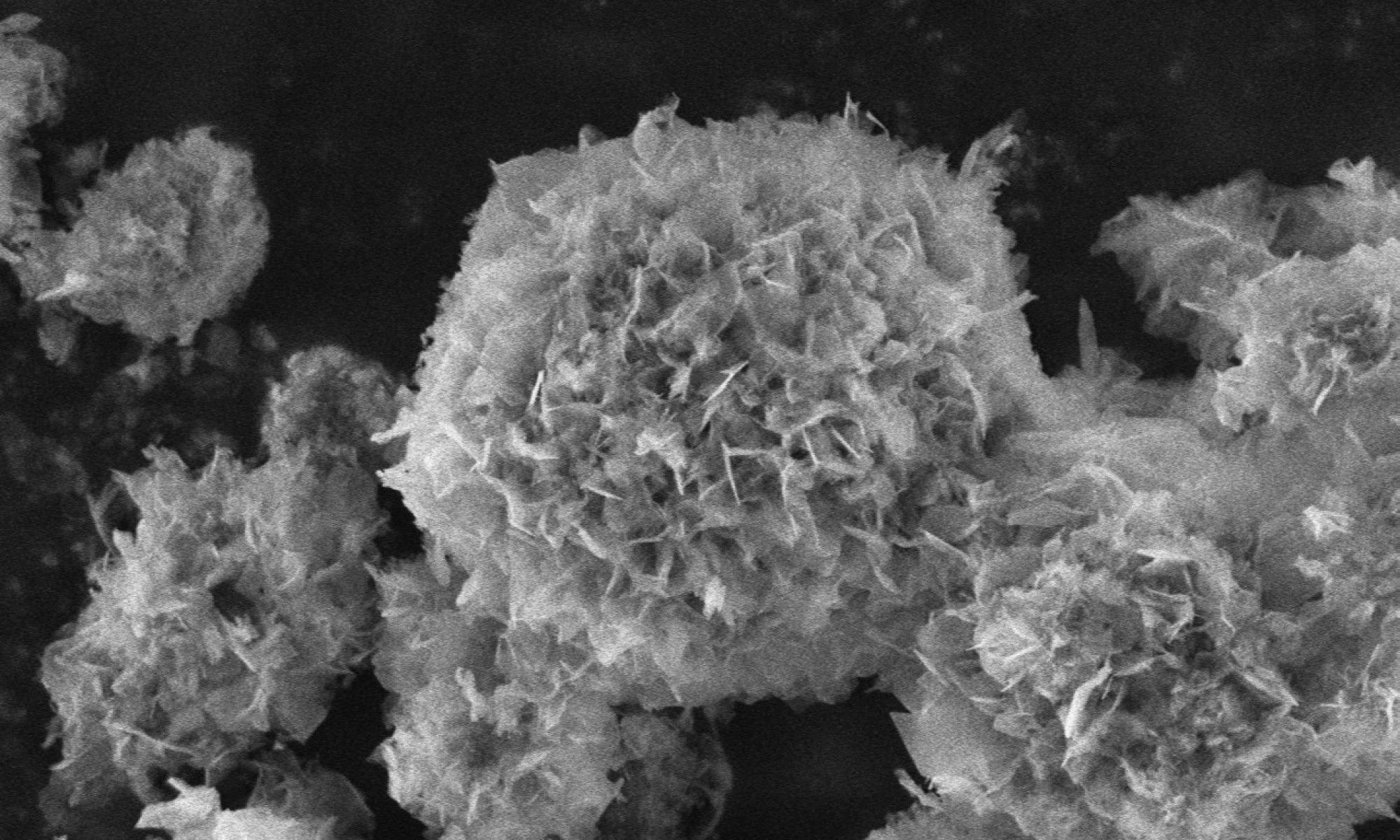The Regional Biophysics Conference was held in Pecs, Hungary from 22 to 26 August 2022. The whole programme of conference is available on this link:
Programme . RBC 2022
Here is an abstract of this lecture:
Multiscale view on calcium phosphate formation – a route for rationalizing the design of novel bioimplant materials
Maja Dutour Sikirić
Ruđer Bošković Institute, Division of Physical Chemistry, Zagreb, HR
Calcium phosphates (CaPs) attract attention due to their role in biological and pathological mineralization, as well as in different industrial processes. At conditions close to physiological, the formation of calcium phosphates usually proceeds in two steps, the first of which is the formation of an amorphous precursor (ACP). The formation of ACP can be envisioned as a series of aggregation steps, Posners clusters aggregate to form primary particles that in turn grow and aggregate into chain-like aggregates that in contact with mother liquor grow and transform into crystalline phase. [1] Dynamic light scattering and laser scattering studies have revealed that the aggregation of ACP particles is a process which from the earliest stages simultaneously takes place at wide length scales, from nanometres to micrometres, resulting in a highly polydisperse precipitation system. [2]
Such behaviour offers the possibility to regulate ACP, and consequently crystalline CaP, formation by controlling ACP formation at the scale of interest. A possible way to achieve this is to precipitate CaPs in the presence of nanostructured materials.
Motivated by this, we investigated the influence of different materials, surfactant micelles [3], liposomes [4], TiO2 nanomaterials of different dimensionality [5,6] and silver nanoparticles on CaP’s precipitation. It was shown that nanomaterials can exert a variety of the effects on the formation of CaPs and in certain cases the effect on the precipitation process observed at the microscale could be the result of different pathways at the nanoscale. As some of nanomaterials exhibit biological activities, this opens a pathway for biomimetic preparation of multifunctional bioimplant materials.
Acknowledgments
Financial support from Croatian Science Foundation, Grant HRZZ- IP-2018-01-1493 and Marie Sklodowska-Curie Grant Agreement No. 861138 is greatly acknowledged.
References
- L. Brečević et al. Colloids Surf., 1987, 28, 301.
- V. Čadež et al., Crystals, 2018, 8, 254.
- A. Selmani et al. CrystEngComm, 2015, 17, 8529.
- I. Erceg et al., Minerals, 2022, 12, 208.
- I. Erceg et al., Colloids and Surfaces A, 2020, 593, 124615
- I. Erceg et al., Nanomaterials, 2021, 11, 1523.
